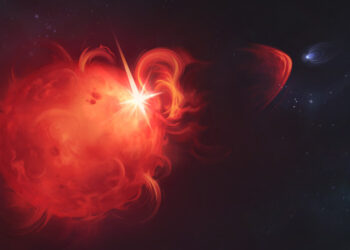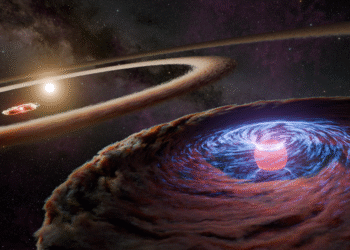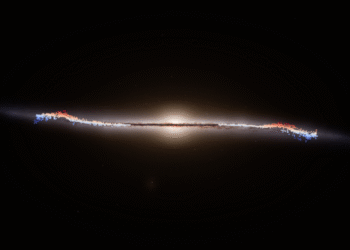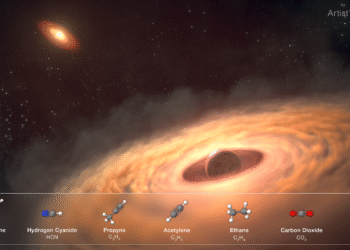The Hubble Space Telescope has revealed intriguing details of the low surface brightness galaxy, NGC 45. Unlike typical galaxies, NGC 45 displays a dim glow, which makes it a challenging object for astronomers to observe and study. The galaxy is part of a classification known as low surface brightness galaxies, which are characterized by their faint luminosity compared to other galaxies of similar size.
NGC 45 is located in the constellation Cetus and is a member of the Sculptor Group of galaxies. Despite its dimness, the galaxy contains interesting features. Hubble’s observations have captured intricate details of its structure, revealing a core with a mixed population of stars. This includes both young and old stars, providing insights into the formation and evolution processes of such galaxies.
Scientific Significance
The study of low surface brightness galaxies like NGC 45 is scientifically significant because it helps astronomers understand the mass and distribution of matter in the universe. Such galaxies often possess a higher proportion of dark matter and can play a crucial role in the understanding of this enigmatic component of the universe. Observing their unique features allows researchers to explore different formation paths of galaxies.
Additionally, the detailed observation of these galaxies may offer clues about the development of spiral galaxies and the differences in evolutionary factors compared to more luminous spiral galaxies. By analyzing these intricate structures, astronomers can refine models of galactic evolution and improve our understanding of cosmic phenomena.
To learn more about this fascinating study, you can visit the original article on the NASA Science website by following this link.






















